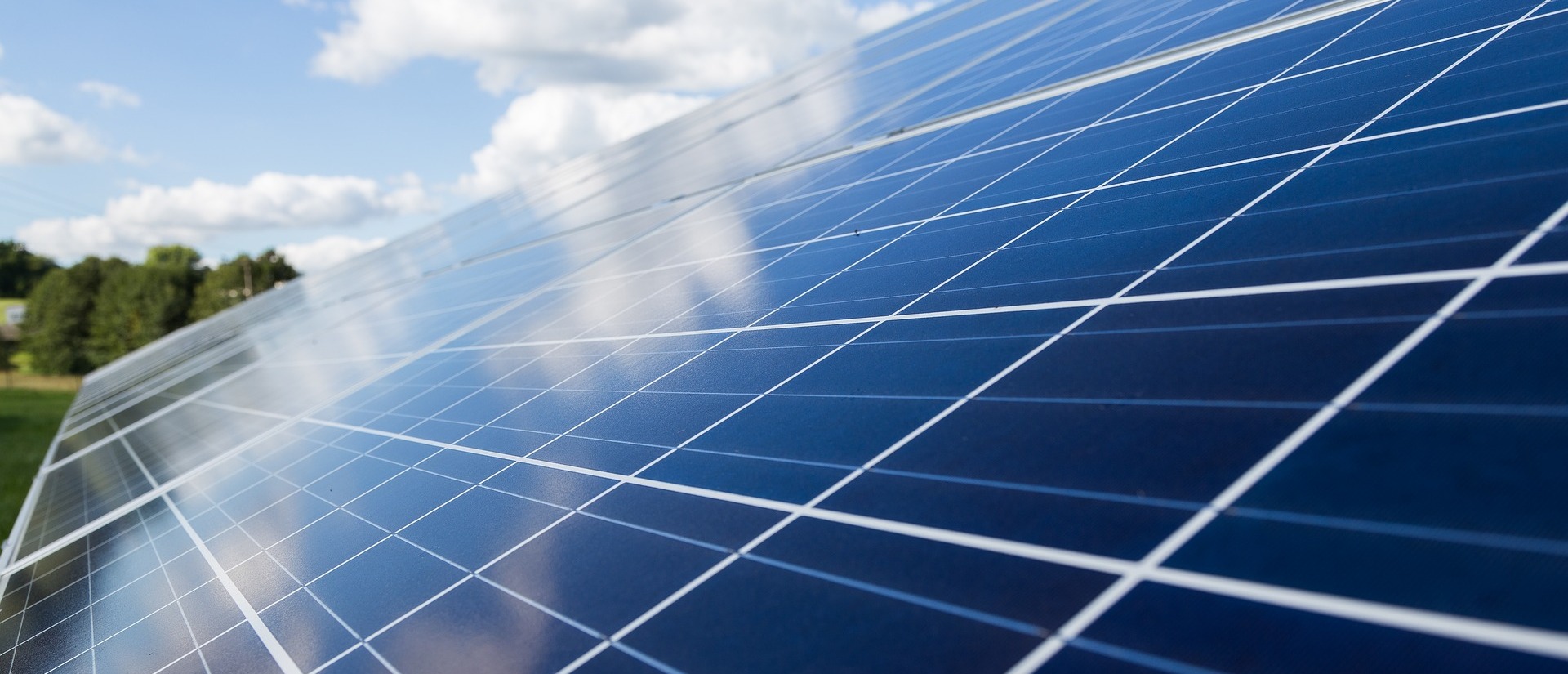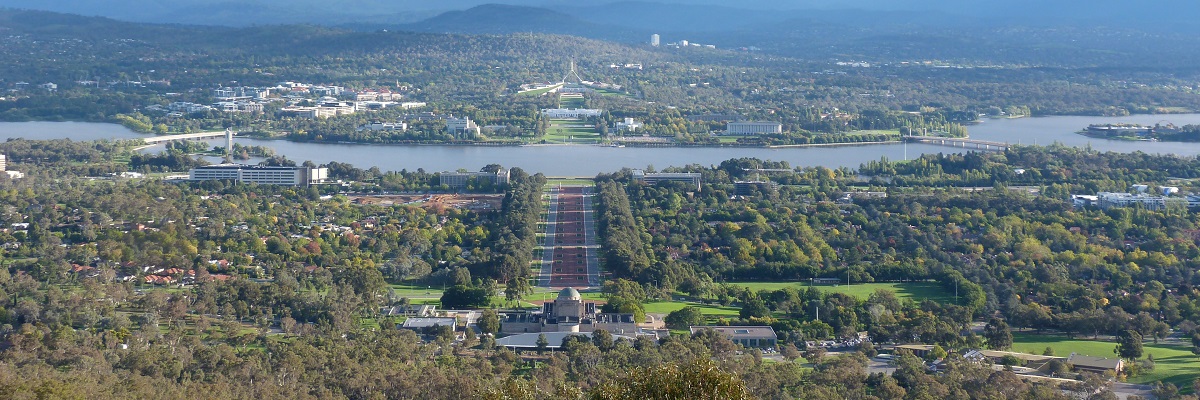The number of solar farms approved in NSW doubled in 2017 and more have been approved this year, with future capacity to support more than 1,800 jobs and power about half a million homes with sustainable energy.[1] elringtons acts for one of Australia’s foremost solar technology companies with projects across the country.
What is involved for landowners?
Primarily Developers ultimately want to lease the land.
To secure the deal with a landowner Developers will want the landowner to enter into an option or an agreement for lease. An Option Agreement gives the developer (or its nominee) a right to enter into a lease over all or part of your land. The terms of the Option Agreement and the Lease are negotiated at the same time. It is important at this stage to talk to your lawyer.
These documents can vary with the circumstances and can be complex.
Other parties such as your bank or your neighbours can also become involved.
The Developer
The developer will normally carry out assessments on your land including solar monitoring and stakeholder consultations, to determine whether it is suitable for development. If indications are positive, a more detailed feasibility study will be undertaken with a view to submitting a planning application.
The approval process
Many things are considered before development approval is given for a solar energy farm. Permission for solar energy development is determined by the relevant environmental planning instruments, including State Environmental Planning Policies and local environmental plans (LEPs).
Electricity Transmissions lines may need to be constructed as part of the project. The recent collapse of RCR Tomlinson has been partly attributed to oversights in planning.
“didn’t allow for the fact they had to get permission to connect their solar farm to electricity grid, which is a dramatic oversight on their part,” Mr Treadgold said.
An Environmental Protection Licence or Commonwealth EPBC Act approval may be required. Biodiversity, heritage, visual impacts, water and land use compatibility are also considered.
Thought should also be given to how impacts (both positive and negative) are distributed between affected people and groups.
From the NSW Government Planning and Environment Revised Guidelines –
The Developer will have also been expected to have consulted with directly affected stakeholders identified in the scoping stage including:
- owners and occupiers of land proposed to include solar infrastructure or related works; and
- owners and occupiers of land required for access during construction and/or maintenance.
This includes local indigenous groups, and traditional land owners of sites to be used or accessed as part of the project. Community and other stakeholders who should be consulted during the scoping and assessment stages of the proposal may include:
- owners and occupiers of adjacent land and those near the solar farm;
- members of the local Aboriginal community;
- organisations representing local, regional, State, national and international interests regarding business, community, indigenous and environmental issues;
- relevant local council(s), including neighbouring councils where proposals are located in or affect more than one local government area;
- stakeholders of other significant infrastructure near the proposed solar energy site; and
- any other persons or groups identified as a stakeholder through the scoping and assessment stages.[2]
Rewards & Risks
The rewards can be considered to be very lucrative especially for farmers dealing with uncertain climate and markets. However, the documents you sign today can have affects on your land which last a lifetime or more so great care is required.
For more information or to make an appointment contact:
Shalini Sree, Kerin Cotchett or Rod Anthes
[1] https://www.planning.nsw.gov.au/News/2018/NSW-leads-nation-for-solar-farms
[2] NSW Government Planning & Environment Revised Large-Scale Solar Energy guidelines
Further reading

elringtons lawyers regularly provide legal advice in relation to a range of commercial matters. Please contact our Business and Commercial Team for more information or to make an appointment call (02) 6206 1300













